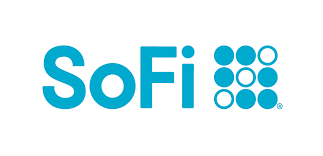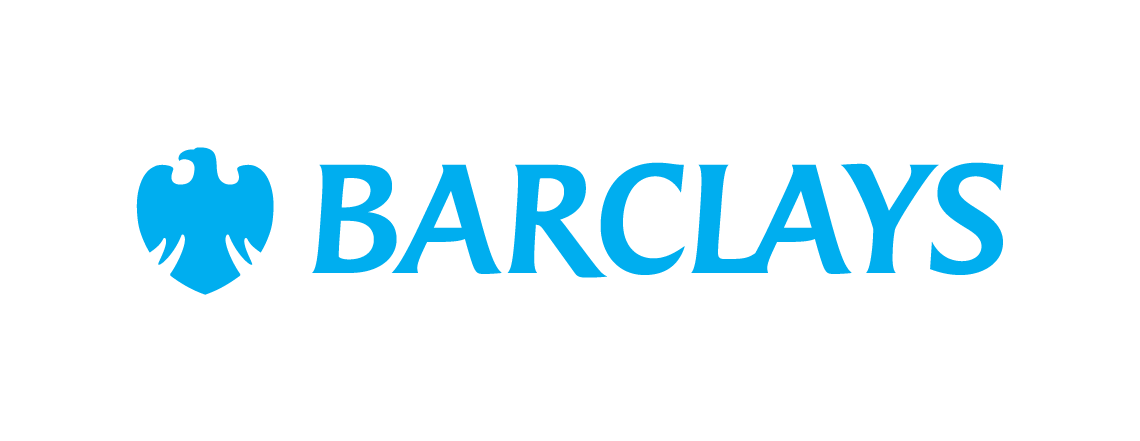4 Money-Saving Challenges to Try in 2020
Want to save more money this year? Try these fun challenges to help make that happen.
Want to make 2020 the year that you supercharge your savings? You can do this with careful budgeting and setting up automatic transfers to your savings account.
But saving doesn't just have to mean sacrificing and cutting out things you like to do. You can make putting aside extra cash a lot more fun by trying out these four different savings challenges in 2020.
1. The 52-week saving challenge
The 52-week challenge is a really simple one that you can start at the beginning of the year.
To do it, you just save $1 in the first week, $2 in the second, $3 in the third and so on throughout the year until you end up putting aside $52 in the last week of the year.
If you stick with this challenge for all 52 weeks, you'd end 2020 with a whopping $1,378. That's a pretty good amount of money considering you're only saving a really small weekly amount for the majority of the year.
2. The $5 change challenge
With this saving challenge, you commit to saving every $5 bill that you get back in change for any purchase you make in 2020.
The amount you'll end up with depends on how many $5 bills you get back when you're spending -- but you may just find yourself conniving to get back more $5 bills so you can pad your savings account.
This challenge tends to work best for people who spend often in cash. Otherwise, you may not get back enough change to make it worthwhile.
3. The keep-the-change challenge
Another twist on the $5 challenge is to keep all the spare change you get from every purchase. So if you buy something that costs $1.50, you'd put $0.50 in savings.
You can do this by dumping all your coins in a jar if you spend in cash. There are also apps that do this automatically for a small fee if you link them to your checking account. And some banks offer this as a free debit card feature. So decide which approach works best for you.
4. The no-spend challenge
Finally, you can try a no-spend challenge. There are a few ways to do this.
You could commit to having one spend-free month during the year. Or you could have a contest with a friend or partner to see who can have the most no-spend days or no-spend weeks during the year.
A no-spend day, week, or month is exactly what it sounds like. You simply spend no money on anything during the course of the day. With a longer challenge, you could commit to buying nothing except necessities, such as gas to get to work.
The longer you can go without spending and the more no-spend time you have, the more money you'll end up saving. You'll also break the spending habit and change your mindset so you may be more likely to look for alternatives to buying things in the longer term.
Try out some of these money-saving challenges today
Whether you're trying to pay off high interest credit card debt or aiming to pad your savings account with extra deposits, cutting your spending is essential. With these challenges, spending less can actually be fun so you'll be more likely to stick to your savings plan.
These savings accounts are FDIC insured and could earn you 11x your bank
Many people are missing out on guaranteed returns as their money languishes in a big bank savings account earning next to no interest. Our picks of the best online savings accounts could earn you 11x the national average savings account rate. Click here to uncover the best-in-class accounts that landed a spot on our short list of the best savings accounts for 2024.
Our Research Expert
We're firm believers in the Golden Rule, which is why editorial opinions are ours alone and have not been previously reviewed, approved, or endorsed by included advertisers. The Ascent does not cover all offers on the market. Editorial content from The Ascent is separate from The Motley Fool editorial content and is created by a different analyst team.
Related Articles
View All Articles
